Photos: Hybrid fruits
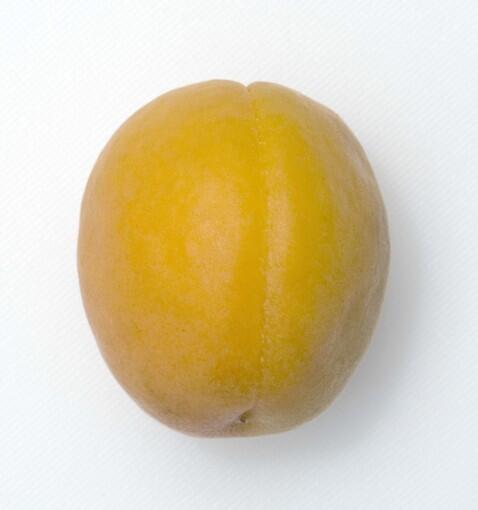
Fruit breeders are creating complex interspecific hybrids. The possibilities are promising, but what to call them? Here’s a look at some traditional fruits, and some offbeat varieties. Above: Patterson apricot, the standard commercial variety; sample bought from Pavilions supermarket in West Hollywood. (David Karp / For The Times)
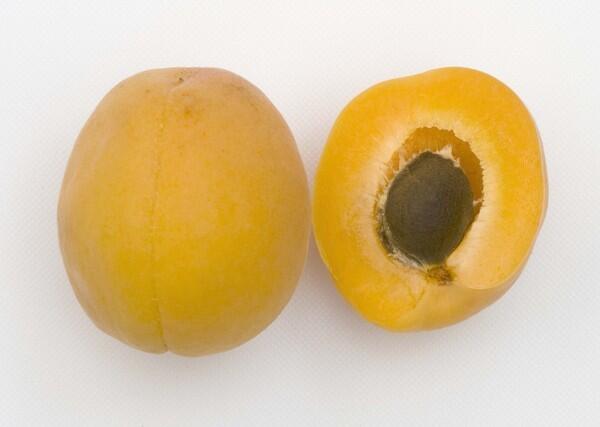
Cross-section of a Patterson apricot. (David Karp / For The Times)
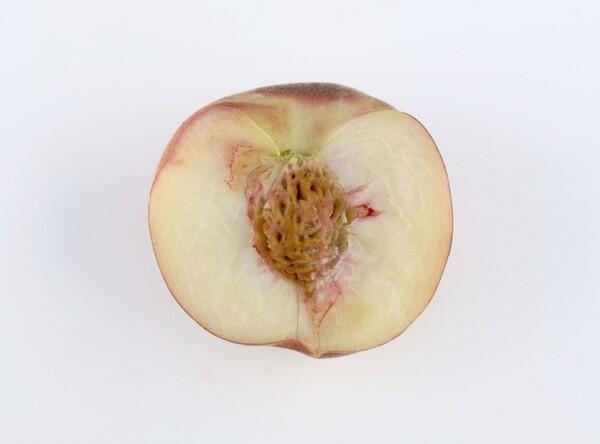
Cross-section of a Pearl Princess white peach, a variety in commercial production, at the Bradford Genetics breeding and test orchard in Le Grand, Calif. (David Karp / For The Times)
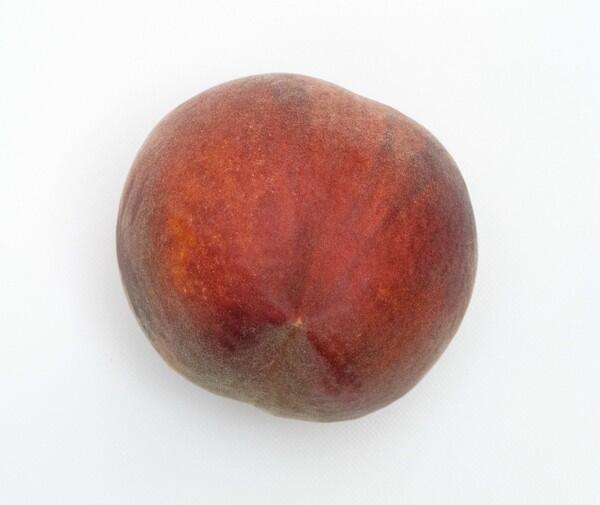
June Flame (Burpeachsix) peach grown by Tenerelli Orchards in Littlerock, from the Beverly Hills farmers market. (David Karp / For The Times)
Advertisement
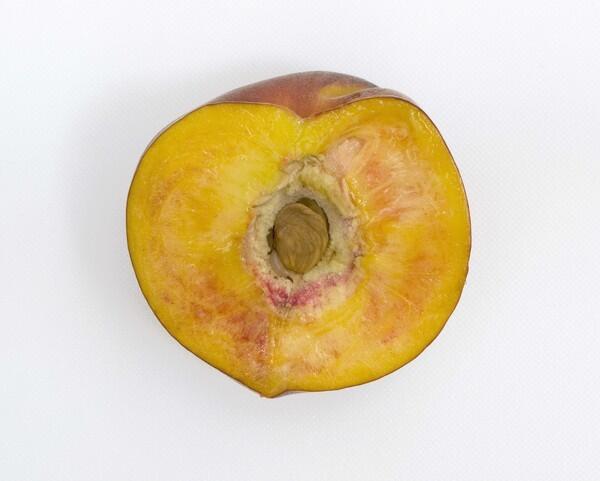
June Flame (Burpeachsix) peach grown by Tenerelli Orchards in Littlerock, from the Beverly Hills farmers market. This specimen was a split-pit. (David Karp / For The Times)
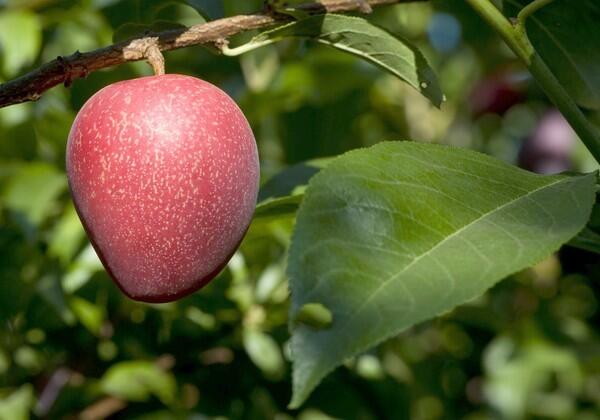
Plum-cherry-apricot-peach hybrid, mostly plum and cherry, with its bloom naturally rubbed off, at the Zaiger Genetics breeding and test orchard in Modesto. (David Karp / For The Times)
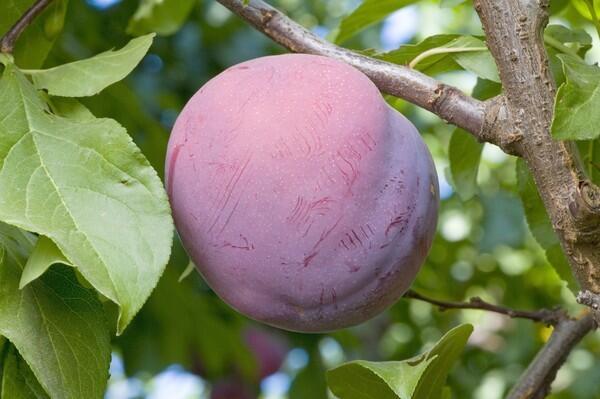
Ruby Kat Pluot (interspecific plum) at the Zaiger Genetics breeding and test orchard in Modesto. (David Karp / For The Times)
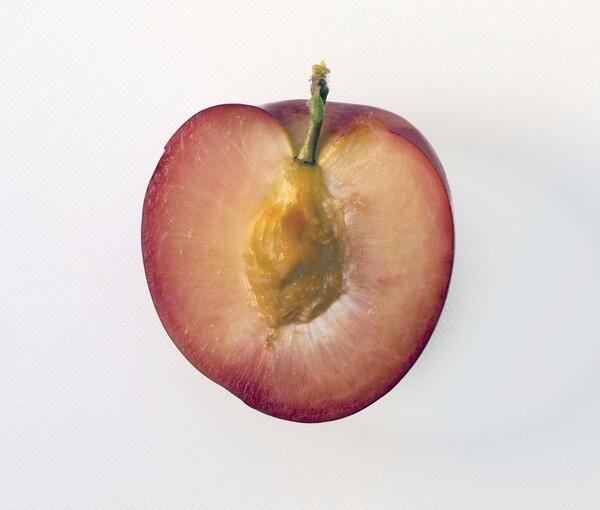
Cross-section of a Ruby Kat Pluot (interspecific plum) at the Zaiger Genetics breeding and test orchard in Modesto, (David Karp / For The Times)
Advertisement
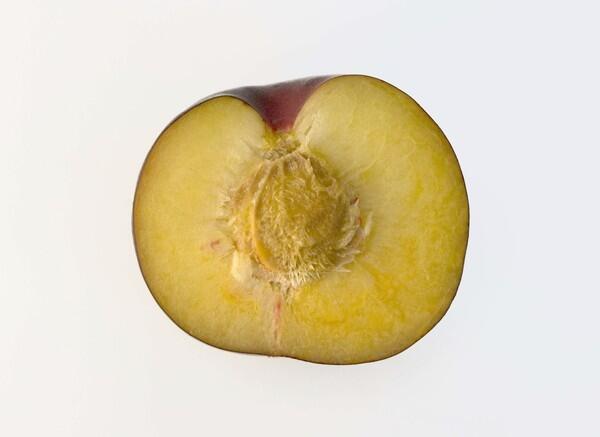
Cross-section of an experimental plumcot, interspecific hybrid of Angeleno plum and an unknown apricot, at the Bradford Genetics breeding and test orchard in Le Grand. This selection is primarily plum in character, but combines aspects of both fruits (dark skin and yellow flesh from the plum, light fuzz from the apricot). (David Karp / For The Times)
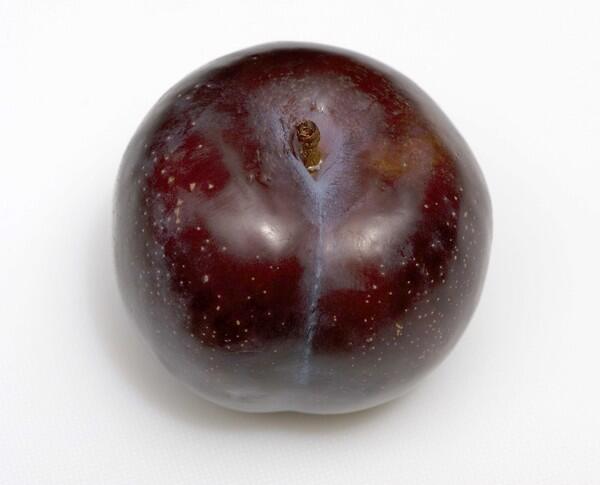
Owen T plum, a standard plum bred by David Ramming of the U.S. Department of Agriculture; sample bought from Pavilions supermarket in West Hollywood. (David Karp / For The Times)
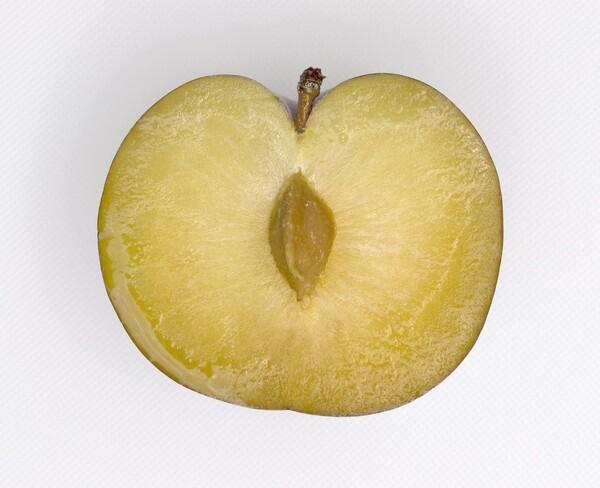
Cross-secton of a standard plum bred by David Ramming of the U.S. Department of Agriculture; sample bought from Pavilions supermarket in West Hollywood. (David Karp / For The Times)
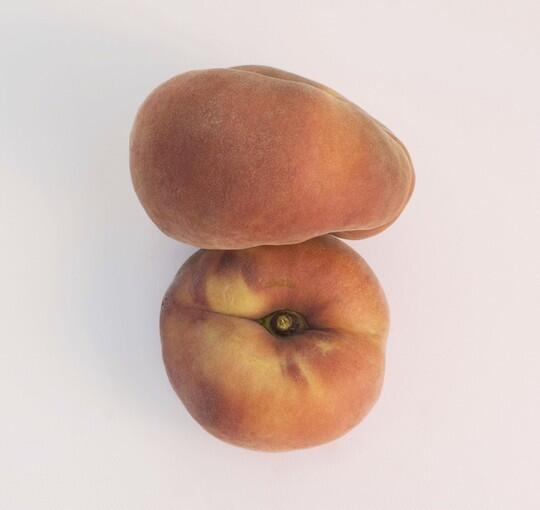
Flat peacotum -- interspecific peach-apricot-plum hybrid -- at the Zaiger Genetics breeding and test orchard in Modesto. (David Karp / For The Times)
Advertisement
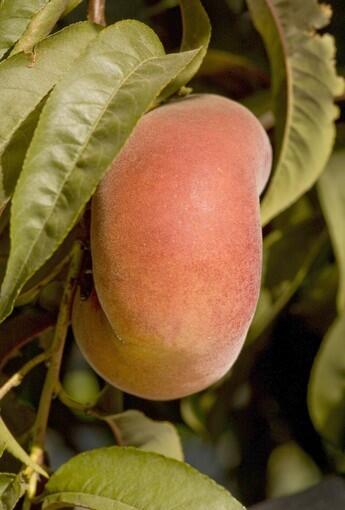
Another view of a flat peacotum (interspecific peach-apricot-plum hybrid), at the Zaiger Genetics breeding and test orchard in Modesto. (David Karp / For The Times)
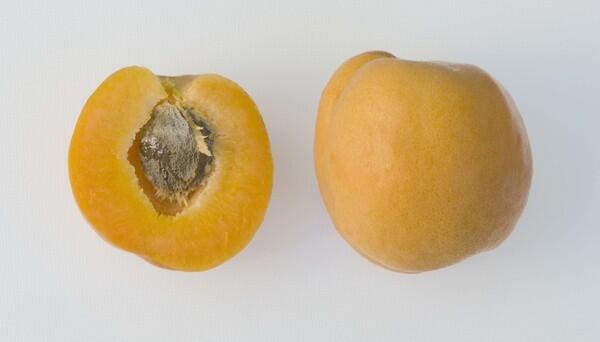
Experimental aprium -- interspecific hybrid of apricot and plum, mostly apricot in character -- at the Zaiger Genetics breeding and test orchard in Modesto. (David Karp / For The Times)
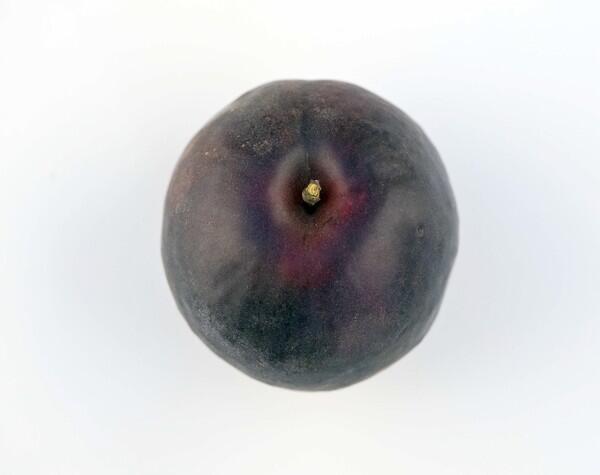
Experimental plumcot, interspecific hybrid of Angeleno plum and an unknown apricot, at the Bradford Genetics breeding and test orchard in Le Grand. This selection is primarily plum in character, but combines aspects of both fruits (dark skin and yellow flesh from the plum, light fuzz from the apricot). (David Karp / For The Times)
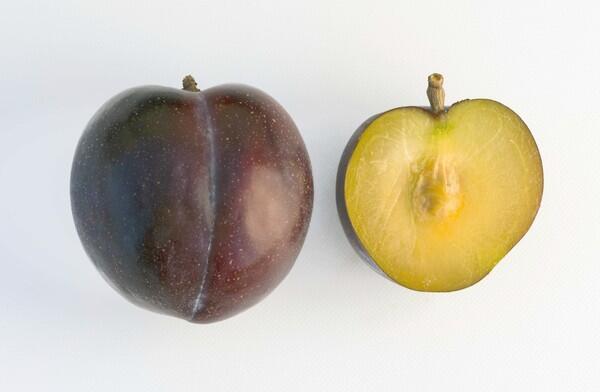
Peach-apricot-plum hybrid, or Peacotum, with fuzz and plum characteristics, and so known to the breeders as a “pubescent plum,” at the Zaiger Genetics breeding and test orchard in Modesto. (David Karp / For The Times)
Advertisement
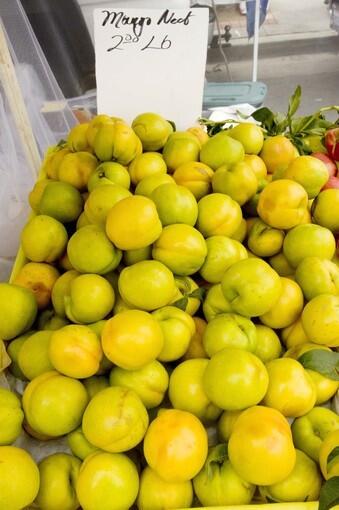
So-called mango nectarines grown by Scott Farms in Dinuba, Calif., at the Santa Monica Farmers Market. (David Karp / For The Times)
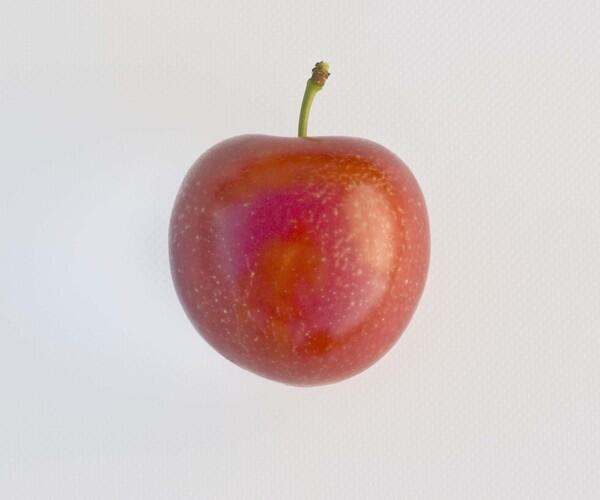
Interspecific cherry-plum hybrid “Cherum” -- three quarters cherry, one quarter plum -- at the Zaiger Genetics breeding and test orchard in Modesto. (David Karp / For The Times)
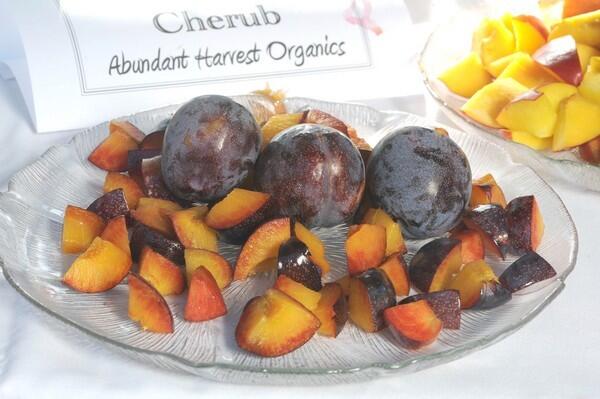
Cherub, interspecific hybrid of cherry and plum bred by Zaiger Genetics of Modesto, sold by Abundant Harvest Organics at the second annual Organic Stone Fruit Jubilee at the Mokichi Okada Assn. Oasis Garden in Clovis, Calif. (David Karp / For The Times)
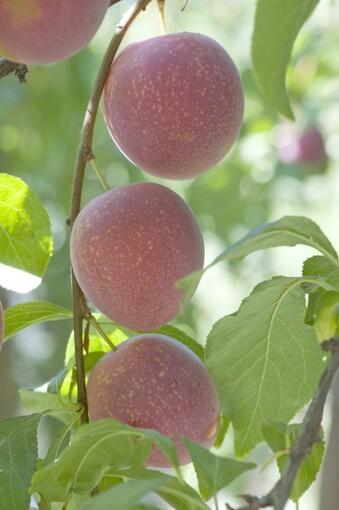
Cherry-plum hybrid at the Zaiger Genetics experimental orchard in Modesto. (David Karp / For The Times)
Advertisement
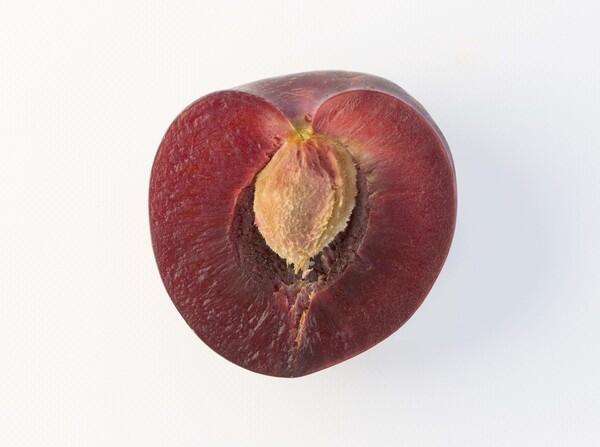
Interspecific hybrid of plum and apricot, primarily plum in character, but combining aspects of both (dark, smooth skin and red flesh from the plum; seed looks like an apricot’s), at the Bradford Genetics breeding and test orchard in Le Grand. (David Karp / For The Times)
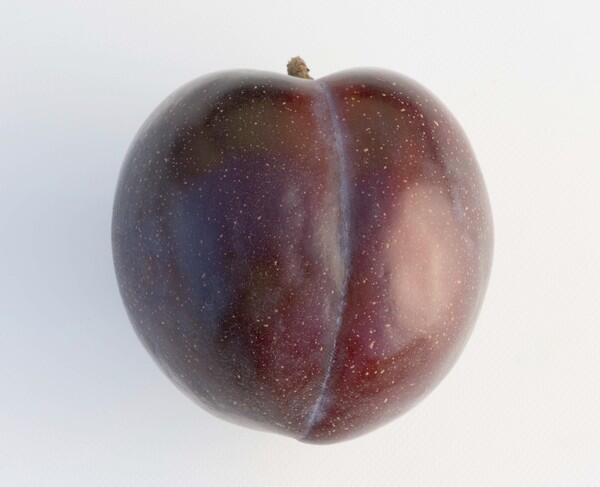
Peach-apricot-plum hybrid, or Peacotum, with fuzz and plum characteristics, and so known to the breeders as a “pubescent plum,” at the Zaiger Genetics breeding and test orchard in Modesto. (David Karp / For The Times)
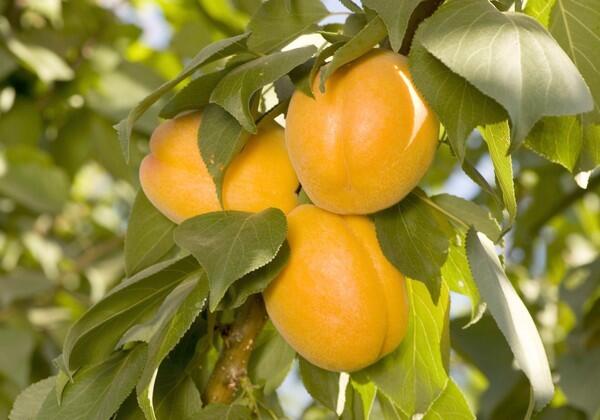
Experimental aprium -- interspecific hybrid of apricot and plum, mostly apricot in character -- at the Zaiger Genetics breeding and test orchard in Modesto. (David Karp / For The Times)
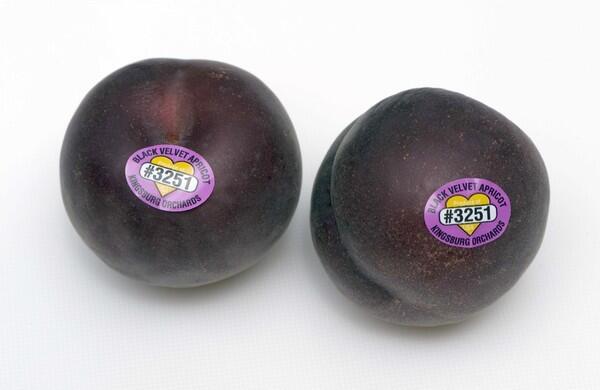
Black velvet plumcot -- a 50/50 hybrid of plum and apricot, from Bradford Genetics -- is sold by its exclusive California grower and marketer as a black velvet apricot. (David Karp / For The Times)
Advertisement
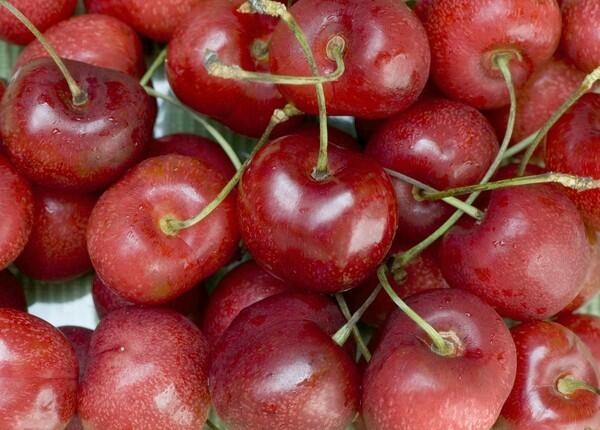
So-called strawberry cherries, a marketing name for a variety grown in Washington state. (David Karp / For The Times)
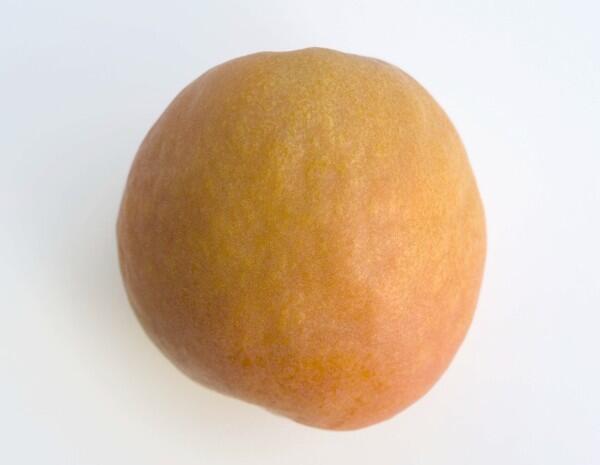
Experimental aprium (interspecific hybrid of apricot and plum, mostly apricot in character) at the Zaiger Genetics breeding and test orchard in Modesto. (David Karp / For The Times)
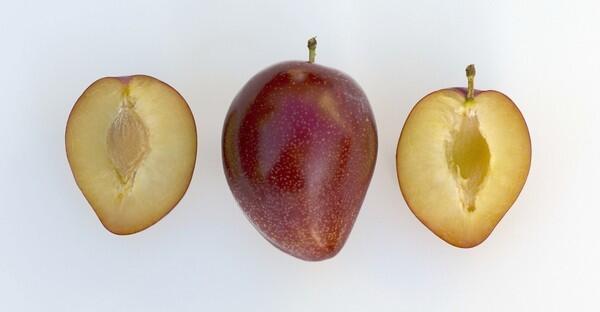
Plum-cherry-apricot-peach hybrid, mostly plum and cherry, with its bloom rubbed off; at the Zaiger Genetics breeding and test orchard in Modesto. (David Karp / For The Times)
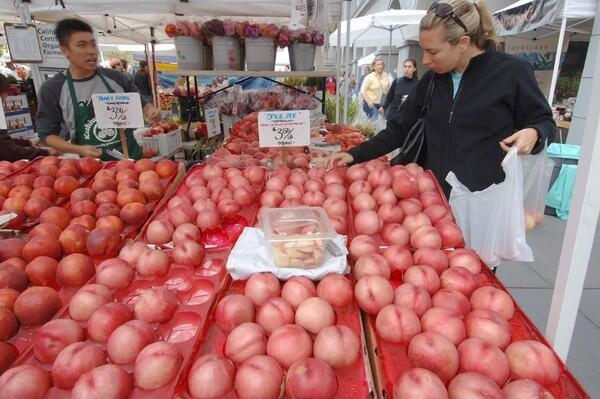
Spice Zee nectaplums, a hybrid of nectarine and plum, grown by Kashiwase Farms in Winton, Calif.; sold at Saturday Ferry Plaza Farmers Market in San Francisco. (David Karp / For The Times)
Advertisement
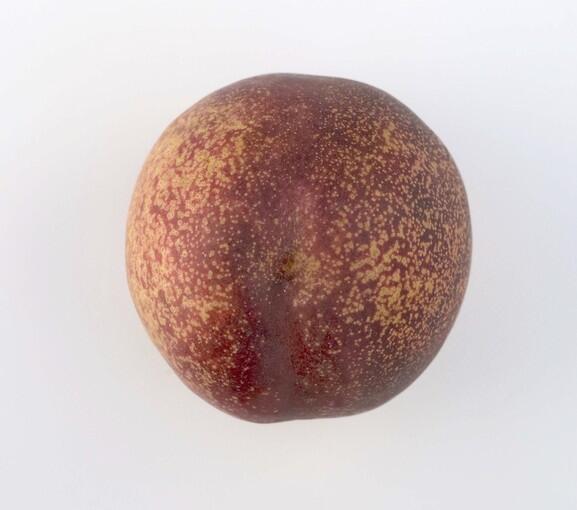
Experimental white nectarine at the Bradford Genetics breeding and test orchard in Le Grand. (David Karp / For The Times)
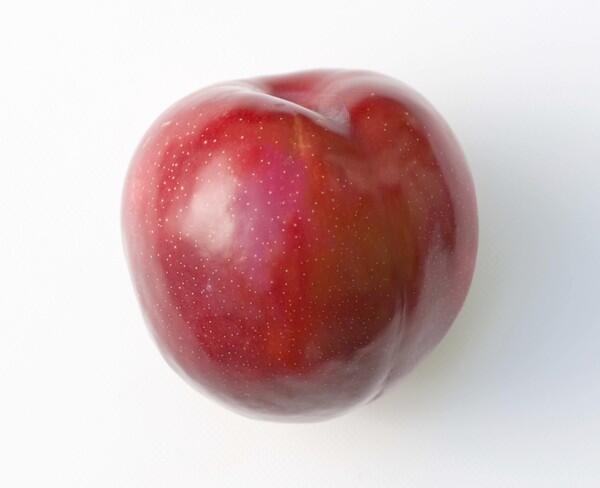
Ruby Kat Pluot, interspecific plum, at the Zaiger Genetics breeding and test orchard in Modesto. (David Karp / For The Times)







